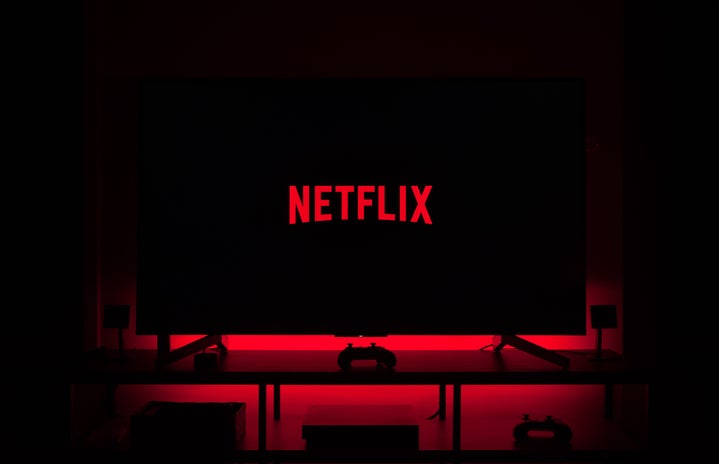If you’re an avid Netflix watcher like most college students, chances are you’ve seen that over the past weekend, Netflix released a new environmental documentary series called Our Planet. It’s an eight-episode program featuring beautiful visuals of amazing landscapes and animals, paired with music and narrated by everyone’s favorite environmentalist, David Attenborough. Not only is this series breathtaking to watch, but more importantly, it shares a message expressing the dangers our planet is facing at the hands of humankind, and expresses the immediate need for action. Just in time for Earth Day on April 22nd, let’s talk about why you should watch and listen to Our Planet for other reasons besides the interesting animals and the relaxing lull of David Attenborough’s voice.
First off, even though there are plenty of people who deny it, climate change is real, and it is a legitimate problem with far-reaching impacts for humans and animals. The planet is heating up, leading to issues like polar ice melting, coral reefs bleaching, changing weather patterns, and mass extinction of species, to name a only few. Along with climate change, pollution is another problem, particularly with plastic waste. The series covers the damage done to the habitats and species living in areas that haven’t been protected by government acts, such as melting glaciers in Greenland, dying coral reefs in Australia, and Walruses suffering from not having access to enough ice. Overall the episodes highlight the beauty of different aspects of nature while also expresseing how humankind is impacting these environments. So why should this matter? Well, humankind’s existence and impact on the earth has been the catalyst for all of these problems, but there is still time to fix it. I want my children and grandchildren to get to see what a polar bear living in the wild looks like, and I want there to be a Great Barrier Reef to scuba dive in for centuries to come, but at the rate we’re going, it looks like certain habitats and species will be gone or nearly gone starting as early as the year 2035. 2035! That’s only sixteen years away, and honestly, I think we should be terrified of that. But we should not give up hope, because as large of an issue as this is, there is still plenty of time to create change for the better.
So what can we do? First, positive change can be made on multiple levels. As an individual, think of your everyday choices and work to minimize your carbon footprint. Shop secondhand or for sustainable fashion, skip the plastic straw, utilize public transportation or walk, and incorporate reusable bottles and bags into your everyday routine. Once you start making little changes, it’s easy to form habits that are helpful to you and to the planet, and you’ll become a positive model for your friends and family to follow. On a larger level, the biggest thing we can do to help our planet is organize and spread awareness for the plight of the earth. Educate the people around you, contact your school or work and suggest environmentally-friendly products and policies, and most importantly, petition the government to make change. Treat everyday like Earth Day, because we only get one planet, and nothing will get done if we don’t work together to make good things happen. As our favorite naturalist David Attenborough said, “people must feel that the natural world is important and valuable and beautiful and wonderful and an amazement and a pleasure.”
For more environmental organizations to get involved with, click here.



